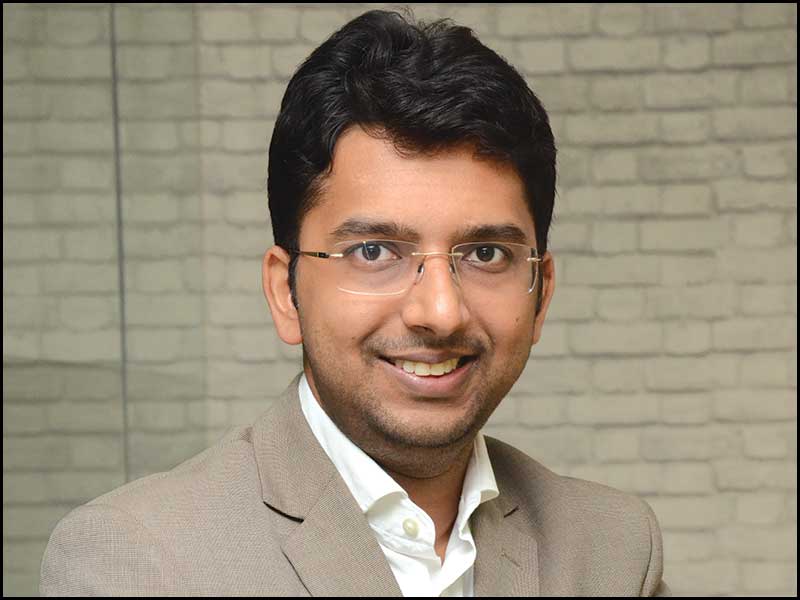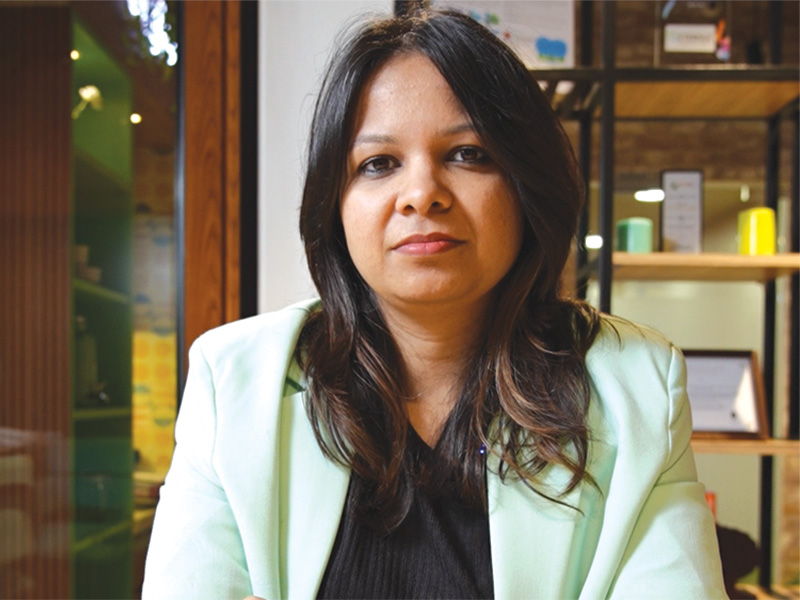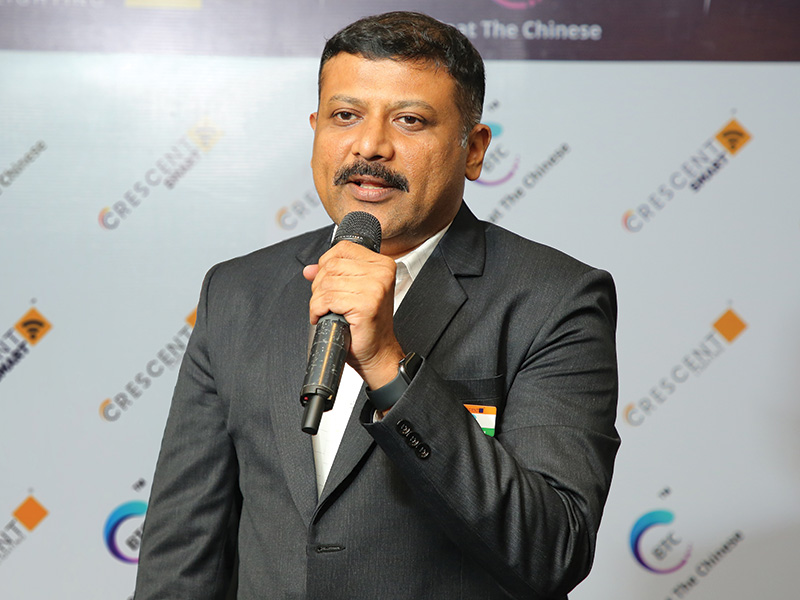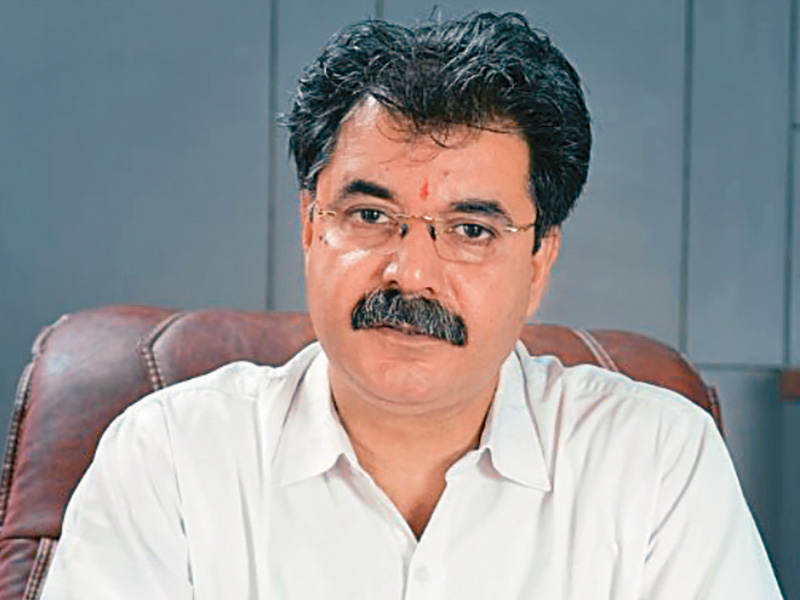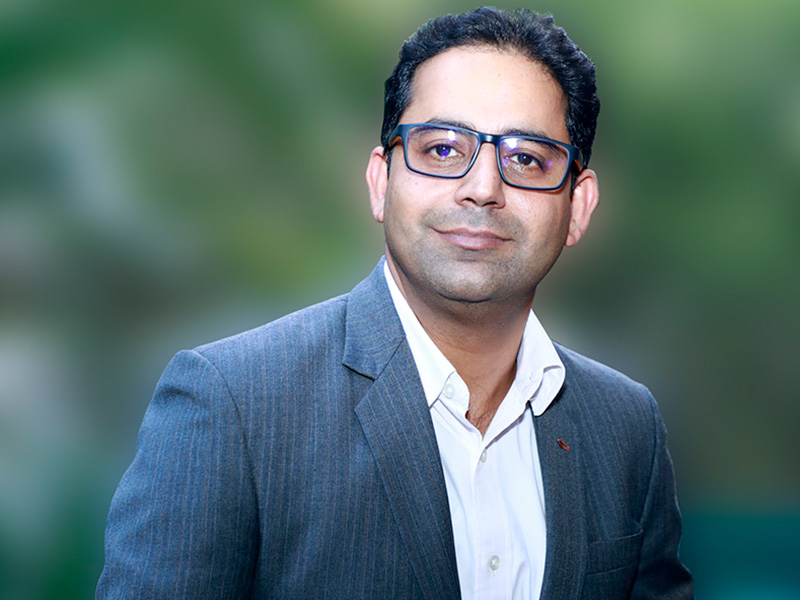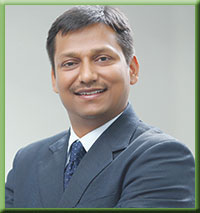
How are UTC's brands associating with the word 'smart'?
If you look at our take on smart world, we are not doing anything different than what we were doing a few years back. So, if you look UTC's move on building space, we have been investing a lot in terms of technologies that are sustainable over a period of time, which are smarter as well as safer. We are known for innovations and believe in bringing new technologies in every single area that we operate in. For instance, in Carrier, we invented the air conditioning way back in 1902 – more than 110 years back. Going forward, we shall continuously develop new technologies in order to make sure that the solutions, we come up with, deliver intelligent comfort to our customers. We are helping our customers to reduce power consumption foot print on air-conditioning which is supposed to be the highest contributor to a building's over all energy consumption. Buildings are estimated to consume 40% of the total energy. Besides this, we are continuously investing in people to build solid capability and competency to push such products, solutions or standards.
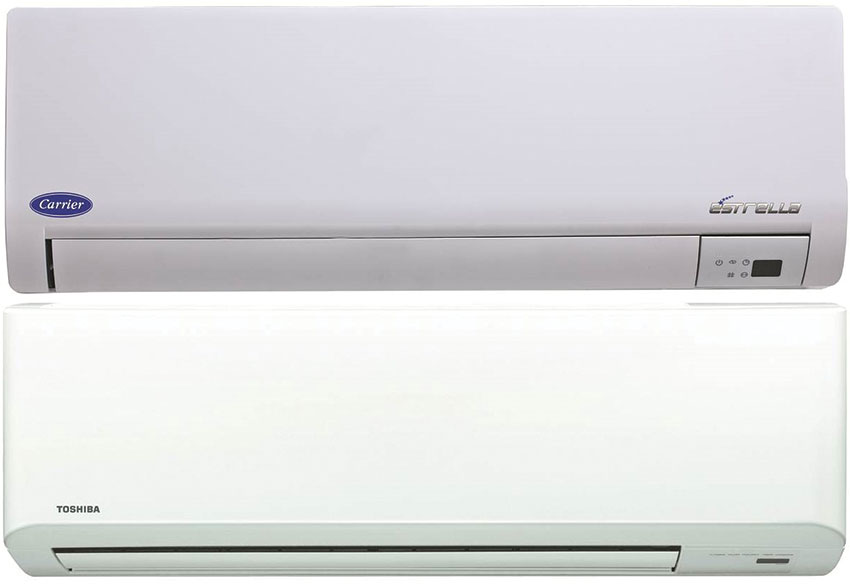
How is UTC prepared for the government's 'Make In India' campaign?
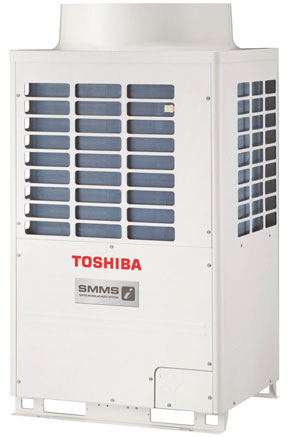
In our factory in India, we are manufacturing the entire range of light commercial products i.e. ducted, cassette, and package systems. In terms of chillers, we had localized air cool screw chillers almost three years back. Last year, we localized our water cooled screw chiller range. I can say that the overall 'Make In India' campaign is also supported by growing customer demands on shorter delivery time.
How does UTC take the new Government's increased focus on Infrastructure development that includes the proposal for 100 smart cities?
In any case establishing smart cities means building more and more infrastructure that is sustainable. We will have to learn to balance between business space, residential space, and green space to meet the expectations of our citizens, which not only includes cleaner and greener atmosphere within a city but good quality dwellings too. This implies more buildings, thereby more air conditioning, more refrigeration, more elevators, more escalators, and so on and so forth. For all this, we have a bouquet of products that are energy efficient and sustainable as well. Through our wide products and solution offerings, we will definitely support the overall momentum of smart cities. However, we may need greater visibility for which we have already started expanding our distribution base. From last couple of years, we have been increasing our presence in tier 2 and 3 cities, where the growth is much faster. We believe that a lot of smart cities would also be around those cities. We are there to deliver solution right from pre-sales, sales, installation to aftermarket support.
In its smart cities drive, the government has announced to transform a few existing cities to make them smart. How do you see this – as a challenge or as an opportunity?

When it comes to retrofitting existing buildings, we have the solutions either by adding equipment in the existing setup or by replacing the existing equipment with an all new technically advanced products. This is to support the green cause so as to reduce the energy consumption of the existing building. We also have a dedicated team of experts under Advante3c, which first tries and establishes the baseline by conducting exhaustive energy audits and then offer solutions on how the building can be made more efficient. These solutions vary from building to building and even for the same building depending on the energy savings, investments, and payback period. Be it renovation or new addition, in any case, this is not the challenge but an opportunity for us.
Buildings in India are a bit different from what we find in other parts of the world. How is UTC developing products to fit to extreme Indian atmospheric conditions?
The standards and codes for the buildings are in development phase in India, though a lot of products do have standards and regulation in place either under mandatory phase or voluntary. For example, for residential air-conditioning that is window and hi-wall ACs up to 2.0 TR capacity, single phase, fixed speed and cooling only, has a star rating program from the Bureau of Energy Efficiency (BEE) and Ministry of Power (MoP). There is another program on buildings run by BEE which is ECBC program. Many other standards and regulations are also under development phase and all of these are to ensure that the buildings get more efficient and overall in the country we reduce the energy footprint.
As far as UTC's role is concerned, we work very closely with the government and with regulators in developing and drafting standards for India. Of course, we use our expertise of working in various other countries and developing standards and regulations suiting Indian conditions.
How important is the role of specifiers (architects & interior designers) in developing products at UTC? We usually keep taking feedback from the market and influencers. By influencers, we mean anyone who influences the decision of the end consumers – they can be architects, interior designers, consultants, project manager, etc. We also work closely with our customers and channel partners and also keep taking their feedback continuously. One of our core values is the operating system called ACE (achieving competitive excellence), which revolves around the customers and has feedback, as one of the most critical tools. This is just to make sure that we serve our customers better and faster.
What do you have on offer for Indian customers? What are the latest from UTC?
Besides lighting, UTC Building and Industrial Systems has every solution that goes in a building right from air conditioning to IBMS (controls), to elevators and escalators, to fire & security. As far as our air conditioning segment is concerned, we have two brands– Carrier and Toshiba. In Carrier, we have the entire range of light commercial and commercial products starting from ducted system or cassette system all the way to VRF and chillers. Carrier was one of the first companies in India to locally manufacture air-conditioning systems with HFC refrigerants. In Toshiba, we have anything from a fixed speed hi-wall system to inverter hi-walls, cassettes, ducted, and VRF systems with all inverter technology, with very high efficiency. We do have Totaline, one of our brands that support the entire air-conditioning industry on various tools and tackles, ancillary items for the industry as well as the spare parts management for the products that we sell. We do have various other brands such as Edwards, GST, Interlogix, Kidde, Lenel, Onity, etc under fire & security segment, in various domains in terms of detection, alarm, security, as well as fire suppression. I would say that we have multiple solutions for a building and have leading brands in respective domains.
We understand that service is vital for this industry. How poised is UTC when it comes to aftermarket service?
We probably have the largest fleet of over 350 exclusive dealers in the industry today. This is apart from quite a few multi-brand dealers also. We have a couple of programs, wherein we invest a lot of time, resource, and money to make sure that we upgrade the soft skills of our channel partners and continuously keep enhancing their technical knowledge in areas of trouble shooting, environment, health and safety of the technicians working at sites, by telling them dos and don'ts during the installation and the servicing process etc. We also work with our customers right from designing till execution that includes pre-sales, sales, installation, and then for aftermarket support.






